
What Is the Gemstone for April? See the Stunning Stone
Wondering what is the gemstone for April? It’s the diamond—a marvel of nature celebrated for its unmatched hardness and breathtaking brilliance. Its rigid tetrahedral structure gives it exceptional durability, while trace elements can create rare hues ranging from colorless to stunning blues and pinks. For centuries, diamonds have symbolized purity, strength, and eternal love. Their dazzling sparkle and rich history continue to captivate today. You can even find modern takes on this timeless gem in our waterproof jewelry collection, designed for beauty that lasts through every moment.
The History Behind April’s Gemstone
Although diamonds now symbolize April's birthstone, their historical significance stretches back thousands of years across diverse civilizations.
You'll find that the diamond's origins trace to ancient India, where alluvial deposits yielded these remarkable crystals. Early Sanskrit texts reference diamonds as vajra, meaning "thunderbolt" due to their unparalleled hardness and brilliance.
The trade routes of antiquity carried diamonds to Persia, Greece, and Rome, where they were revered for their rarity and perceived mystical properties.
In medieval Europe, diamonds became associated with invincibility and clarity of mind, reflecting both their physical and symbolic attributes.
Over centuries, diamonds evolved from talismans and royal insignia to emblematic gemstones in engagement rituals. Their designation as the April birthstone stems from this rich tapestry of diamond origins and enduring historical significance.
What Makes This Stone So Unique
Because of its unique atomic structure, the diamond stands apart as the hardest known natural material on Earth. Each carbon atom forms strong covalent bonds with four other carbon atoms, building a rigid tetrahedral lattice. This configuration gives diamonds their extraordinary hardness, making them highly resistant to scratching.
You’ll notice that, unlike other gemstones, diamonds exhibit exceptional optical dispersion—splitting white light into spectral colors—which produces their renowned brilliance and fire.
Diamonds also display a variety of unique characteristics based on their formation conditions. Natural diamond varieties include colorless, yellow, blue, and even rare pink or green stones, each resulting from trace elements or structural irregularities.
When you examine a diamond, you’re not just looking at a gemstone—you’re observing a marvel of crystallography and nature’s engineering.
Symbolism and Meaning Through the Ages
Throughout history, diamonds have embodied a spectrum of symbolic meanings, rooted in their unparalleled durability and optical brilliance. You’ll find that ancient civilizations ascribed profound cultural significance to diamonds, often considering them tokens of invincibility and purity due to their extreme hardness—measured as 10 on the Mohs scale.
In Roman and Greek mythological associations, diamonds were believed to be the tears of gods or fragments from fallen stars, linking them to celestial power and divine favor. In medieval Europe, you'd have seen diamonds set in armor or regalia, symbolizing steadfastness and moral integrity.
Across various cultures, these gemstones have been used to signify eternal love and unbreakable bonds, owing to their crystal lattice’s exceptional stability and resistance to chemical and physical alteration.
Famous Diamonds and Their Stories
When you examine the world’s most famous diamonds, you’ll find that each specimen carries a distinct geological origin, remarkable physical attributes, and a storied trajectory through history.
The Hope Diamond, a 45.52-carat Type IIb blue diamond, is renowned for its unique boron-induced color and complex provenance.
The Cullinan Diamond, initially a colossal 3,106-carat rough, yielded several major gems, including the Great Star of Africa, due to its exceptional clarity and size.
The Koh i Noor Diamond, steeped in legend, exhibits a D-color, oval brilliant cut with historical significance in royal regalia.
The vivid Blue Moon, rare Tiffany Diamond, and extraordinary Pink Star exemplify advances in spectroscopic analysis, color grading, and faceting, making them paragons of mineralogical rarity and scientific fascination.
How to Choose the Perfect Diamond Jewelry
How do you discern the ideal diamond jewelry amid a spectrum of options defined by intricate variables?
Begin by evaluating diamond cuts, as the cut profoundly affects brilliance, light dispersion, and overall visual impact. Prioritize round brilliant or princess cuts for maximum scintillation, or opt for emerald and cushion cuts for a sophisticated, understated allure.
Examine clarity, color, and carat weight, ensuring these characteristics align with your aesthetic and investment priorities.
Next, scrutinize jewelry settings—prong, bezel, and halo settings each influence both the security and the presentation of the diamond. Consider how the metal type complements the stone’s hue and enhances durability.
Caring for Your April Birthstone
Selecting the perfect diamond jewelry marks only the beginning; preserving its brilliance requires methodical care tailored to the gem’s unique physical properties.
While diamonds boast exceptional hardness (Mohs scale 10), they remain susceptible to surface oils, dirt, and abrasive contact. For ideal diamond cleaning, use a solution of warm water and mild detergent, gently scrubbing with a soft-bristled brush to dislodge debris from facets and settings.
Avoid harsh chemicals—chlorine and bleach may degrade metal alloys and compromise structural integrity. When not wearing your diamond, store it separately to prevent scratches on both the diamond and other jewelry.
Inspect protective settings, such as prongs or bezels, for signs of loosening or wear, as secure settings prevent accidental loss. Regular maintenance guarantees lasting luster and structural stability.
Alternative Stones for April Birthdays
Although diamonds reign as April’s traditional birthstone, you’ll find several compelling alternatives with distinct optical and physical properties.
If you prefer alternative birthstones, consider white sapphire, which offers a Mohs hardness of 9, excellent durability, and a vitreous luster similar to diamond.
Moissanite, a silicon carbide crystal, displays even greater brilliance and fire due to its high refractive index, making it a unique alternative.
Clear topaz, with its transparent appearance and affordability, is another viable substitute, although it's softer, ranking 8 on the Mohs scale.
Each of these unique alternatives provides different optical responses—dispersion, brilliance, and birefringence—allowing you to select a stone that aligns with your aesthetic and practical needs.
Explore these options for a distinctive April birthday gemstone.
Frequently Asked Questions
What Zodiac Signs Are Associated With April's Gemstone?
You’ll find April’s gemstone linked to both Aries and Taurus. When considering Aries compatibility, the gemstone’s energetic vibrations enhance assertiveness, while Taurus traits benefit from its stabilizing lattice structure, supporting emotional equilibrium and reinforcing grounded, steadfast personality characteristics.
Can April's Gemstone Be Found in Nature Worldwide?
You’ll find April’s gemstone in various natural occurrences, but it’s not equally distributed worldwide. Major gemstone locations include Africa, Russia, Australia, and North America, where geological processes create ideal conditions for crystal formation and extraction.
Are There Synthetic Versions of April's Gemstone?
You’ll find synthetic diamonds and lab created gems that precisely replicate April’s gemstone. These engineered stones exhibit identical crystal structures, optical properties, and hardness to natural diamonds, thanks to advanced techniques like High Pressure High Temperature (HPHT) and Chemical Vapor Deposition (CVD).
How Does April's Gemstone Compare in Price to Other Birthstones?
When you conduct a price comparison, you'll find April's gemstone typically ranks among the highest in birthstone value. Its rarity, exceptional hardness, and optical brilliance greatly elevate its market price relative to other birthstones.
Is April's Gemstone Suitable for Daily Wear?
You'll find this gemstone excels in durability factors due to its hardness rating of 10 on the Mohs scale. Its exceptional resistance to scratching and abrasions makes it ideal for everyday style, ensuring longevity and scientific reliability.
Conclusion
As someone born in April, you’re linked to the diamond—a gemstone celebrated for its unmatched hardness (Mohs 10), high refractive index, and extraordinary optical dispersion. This mineral, composed purely of carbon atoms in a tetrahedral lattice, symbolizes strength and clarity. Whether you’re selecting a brilliant-cut solitaire or exploring alternative stones like white sapphire, understanding the diamond’s unique physical and optical properties empowers you to make informed, scientifically grounded jewelry choices and care decisions.


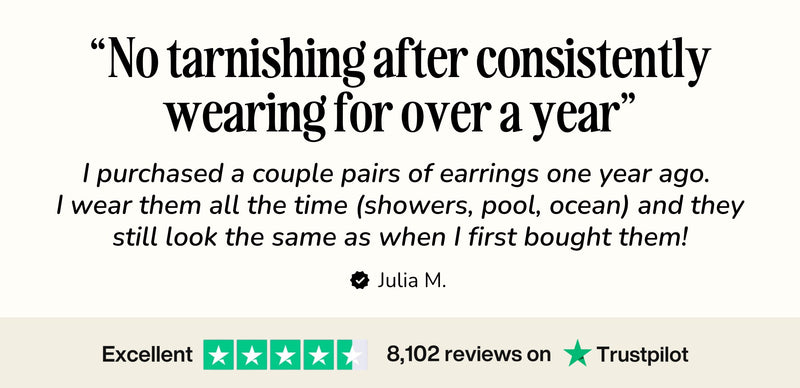





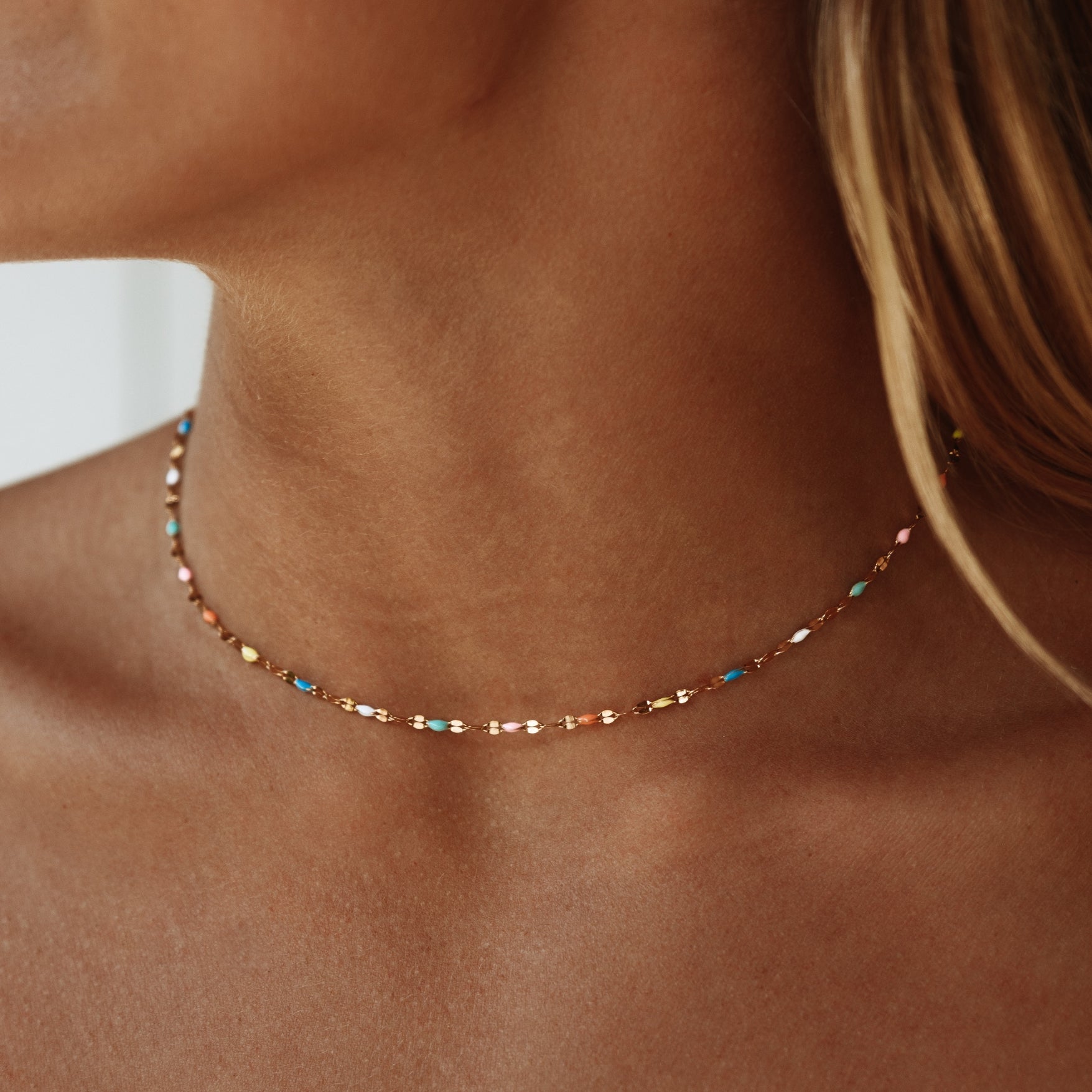
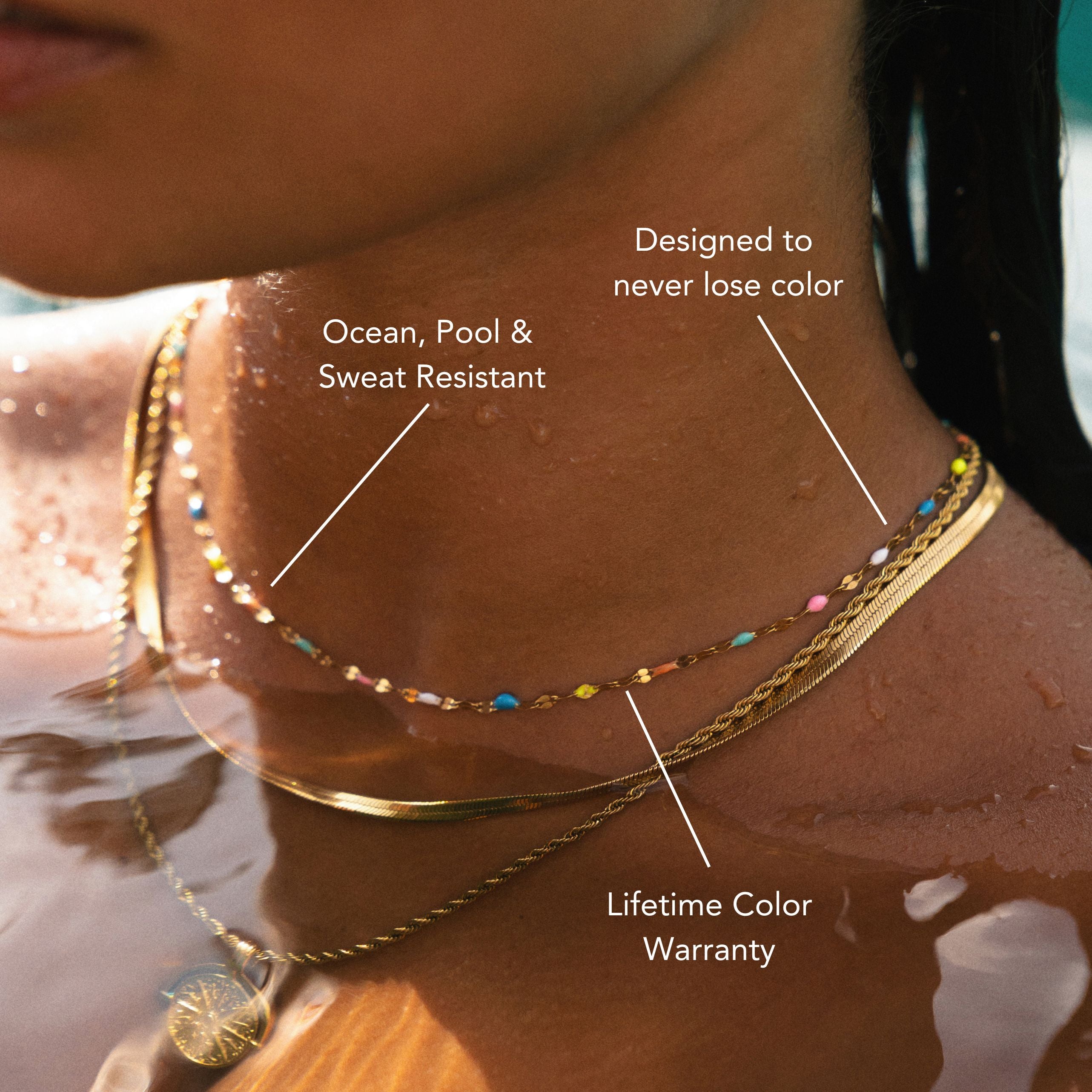
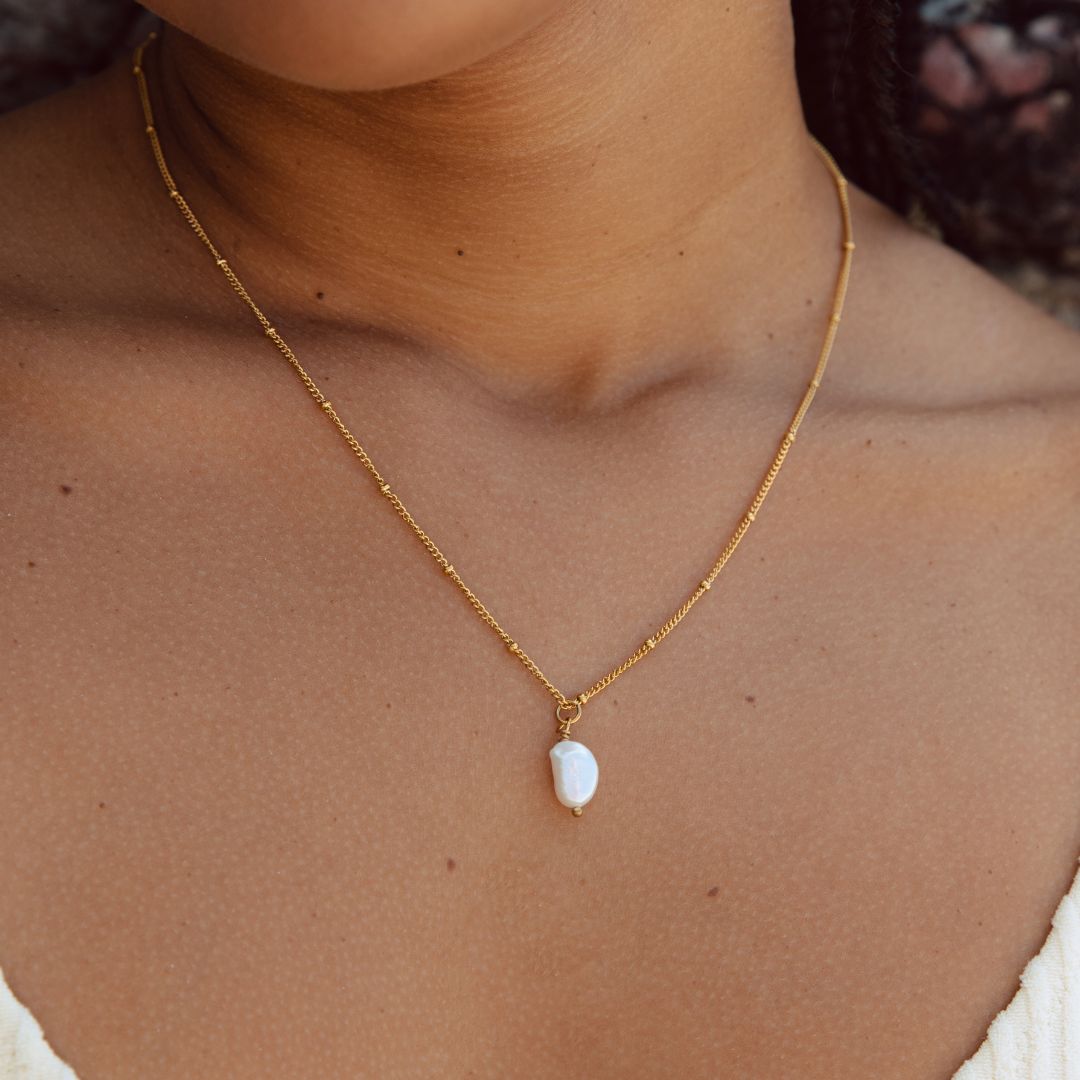

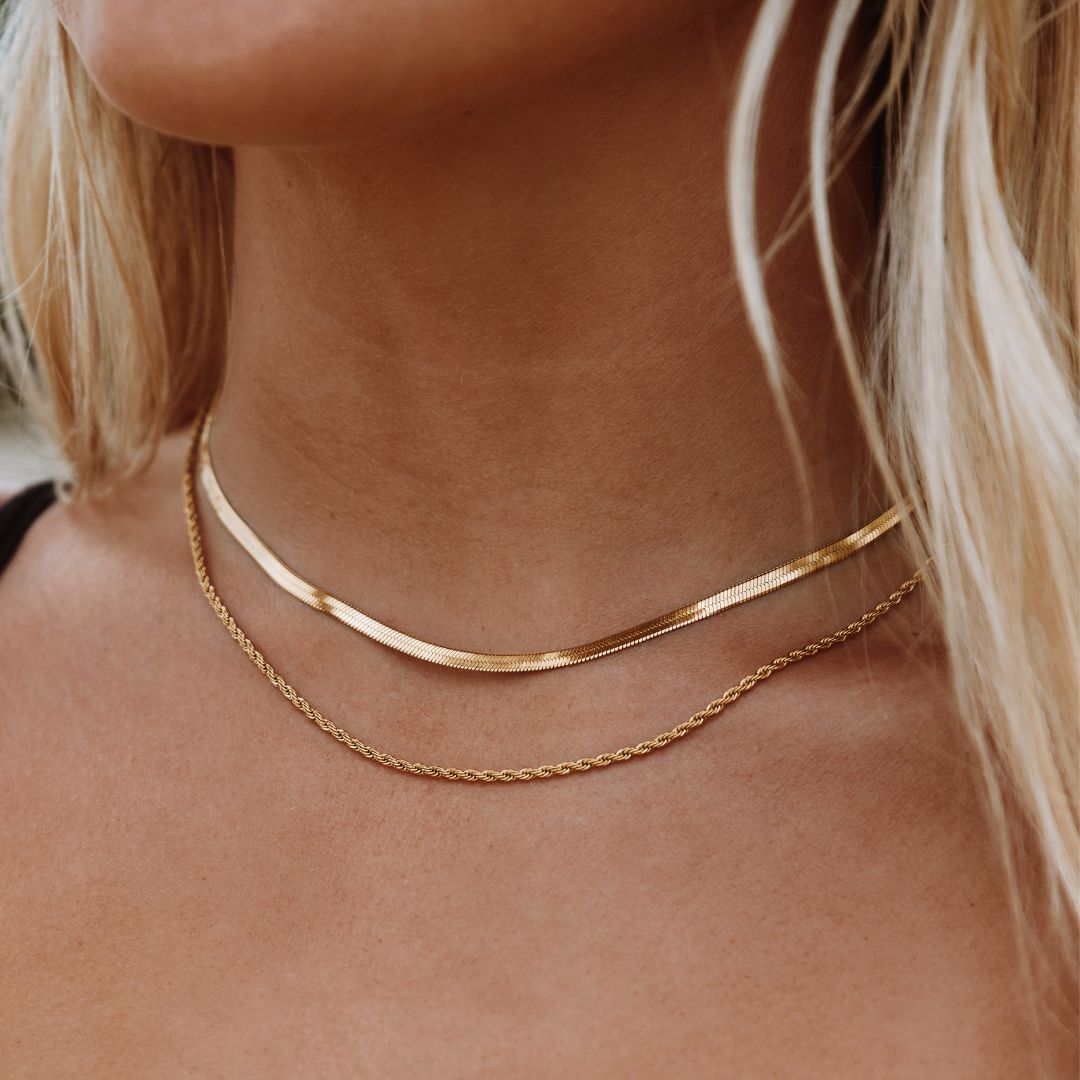
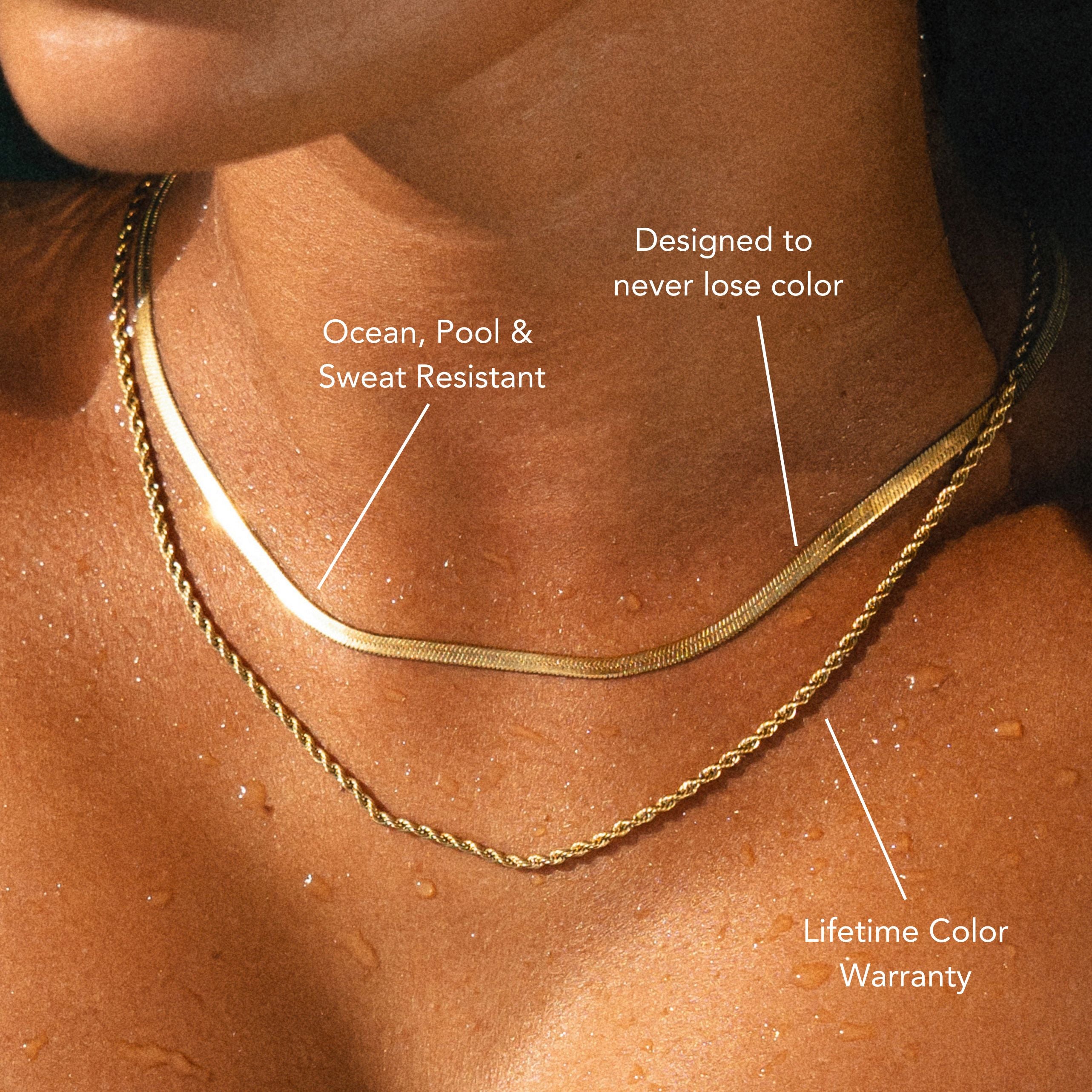
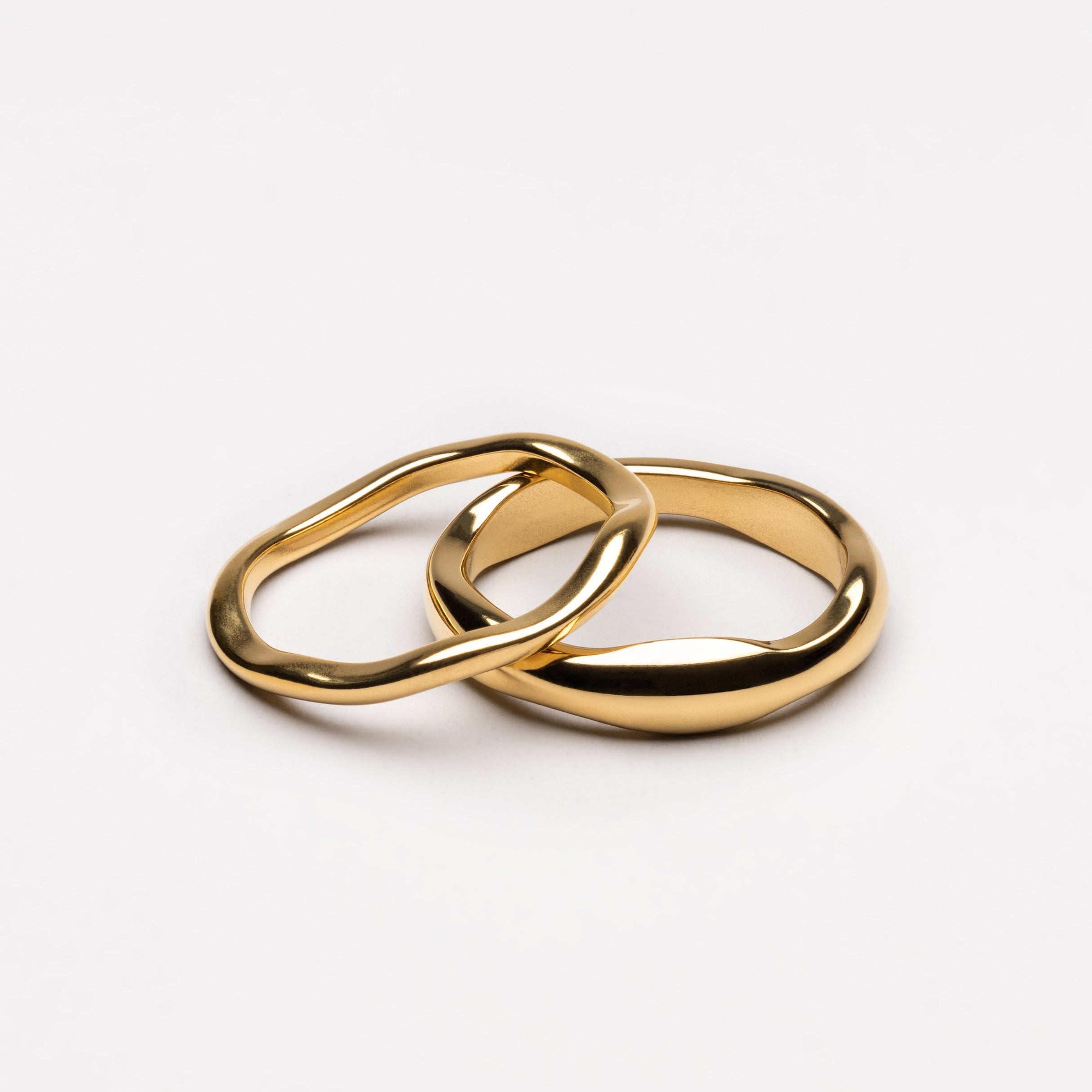

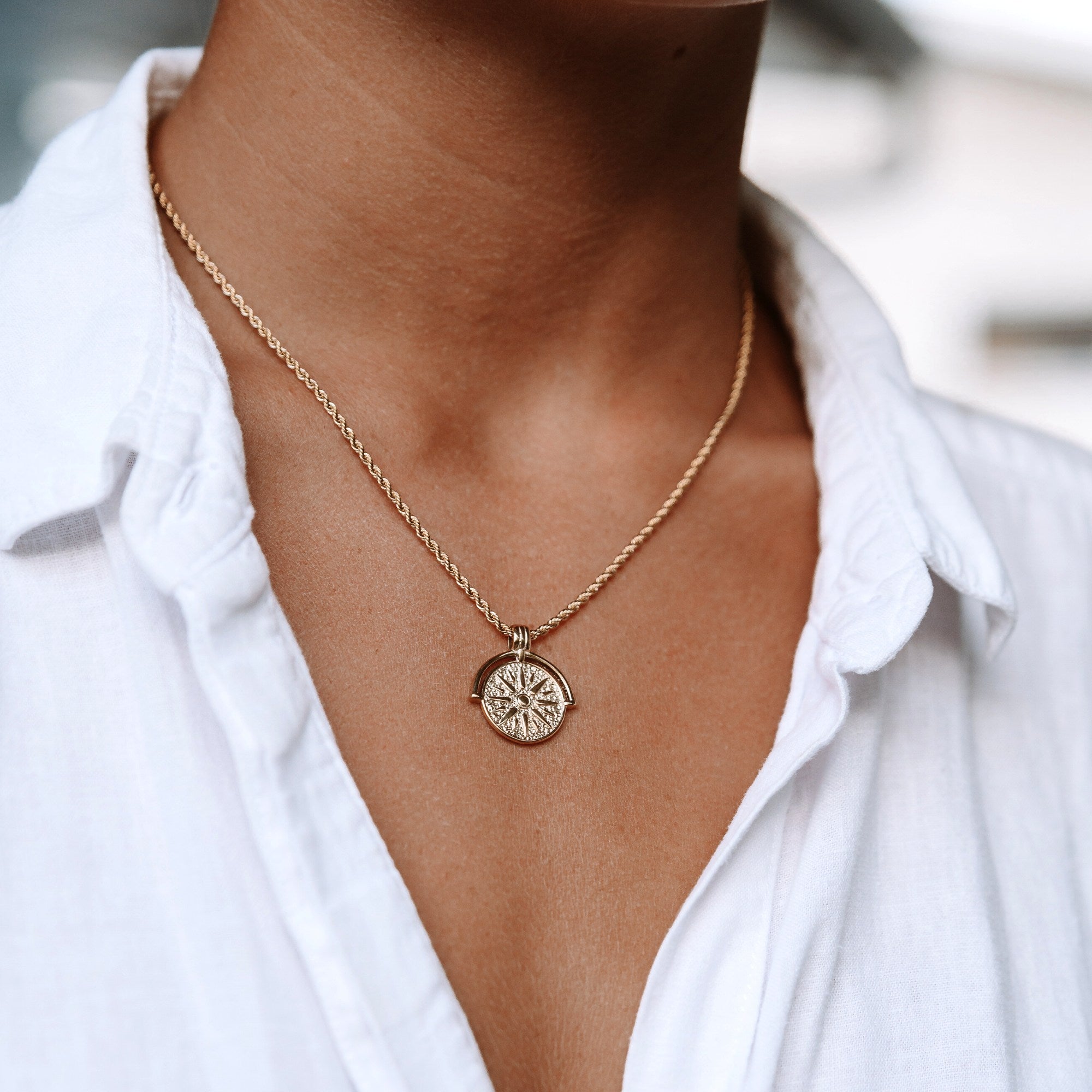
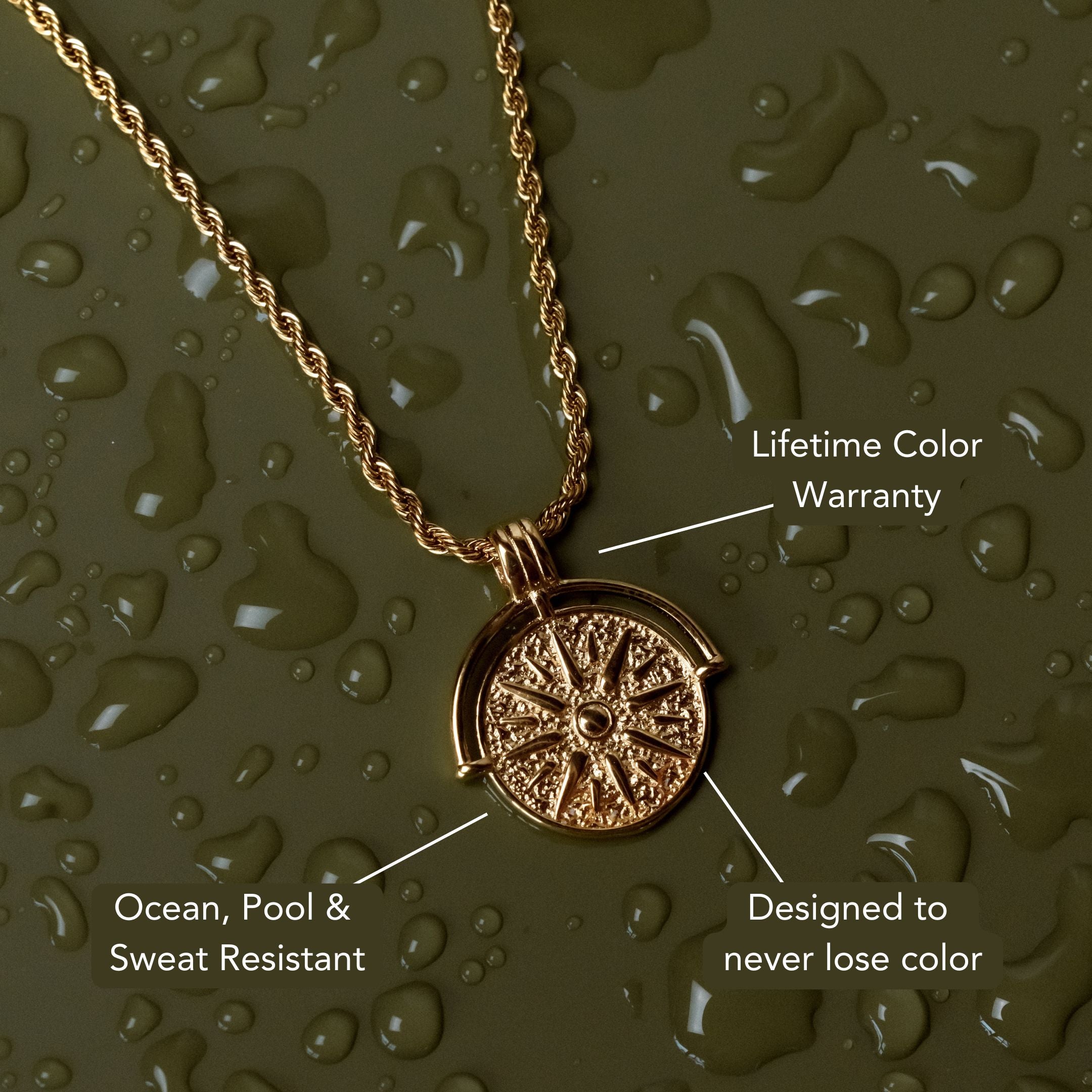
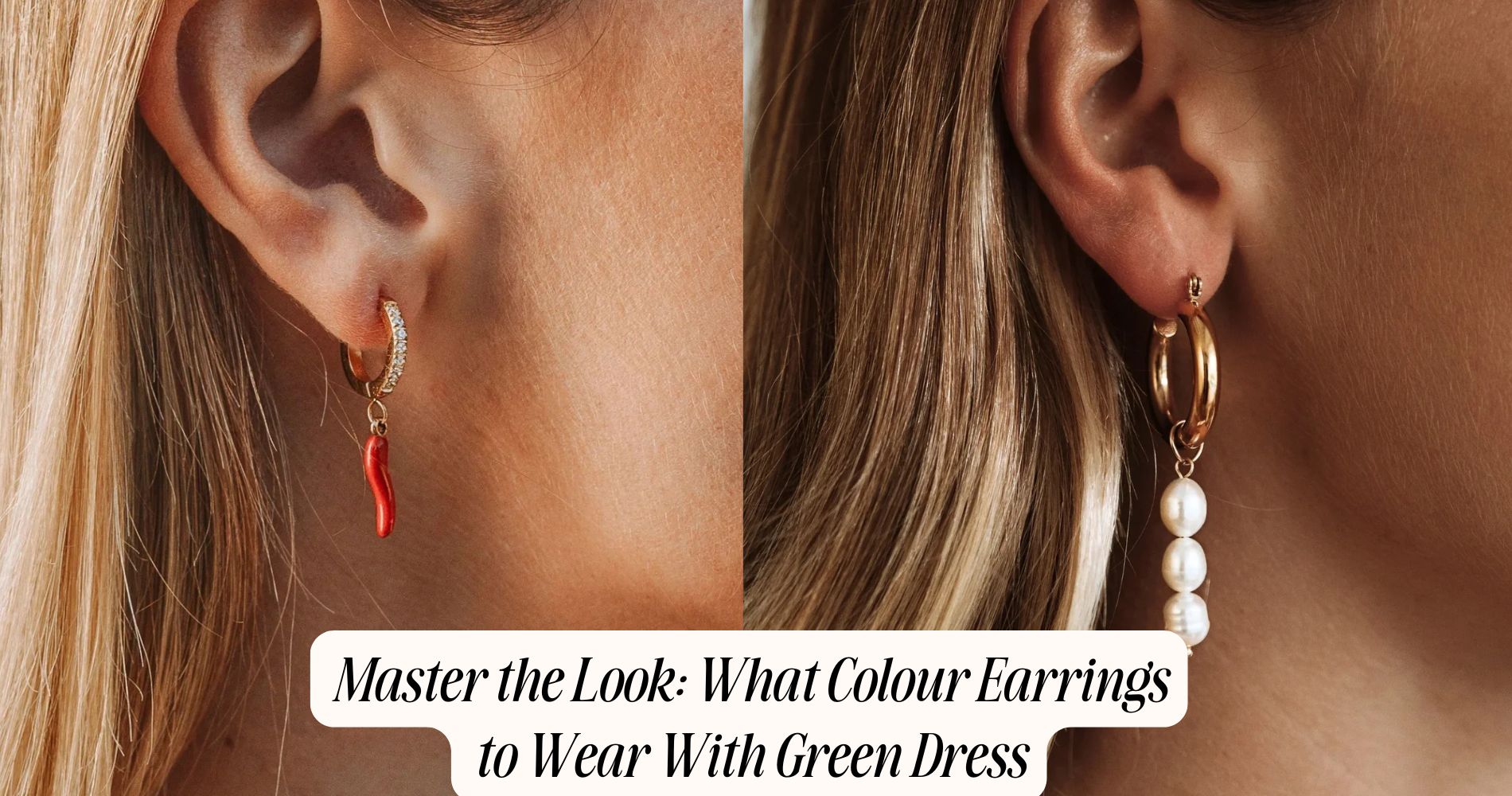
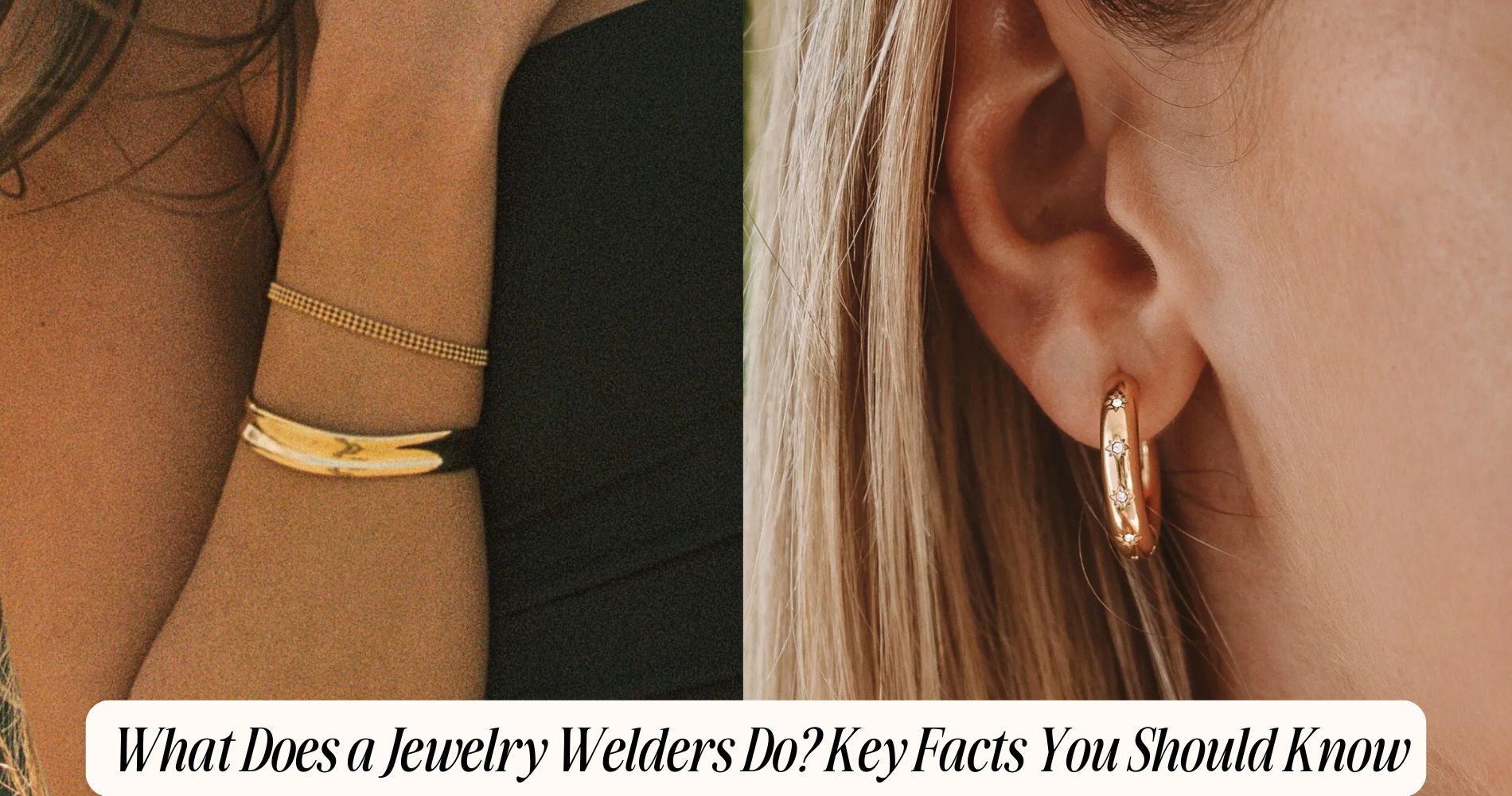




Leave a comment
This site is protected by hCaptcha and the hCaptcha Privacy Policy and Terms of Service apply.